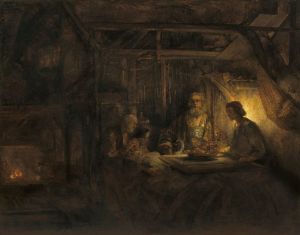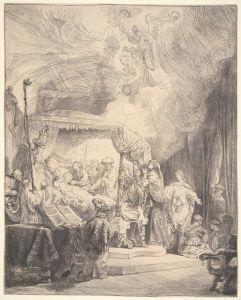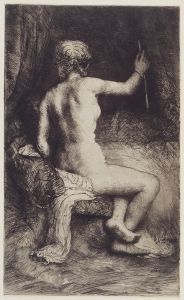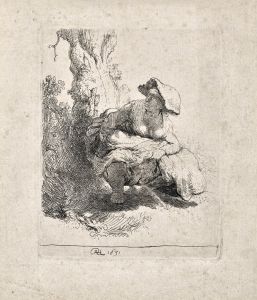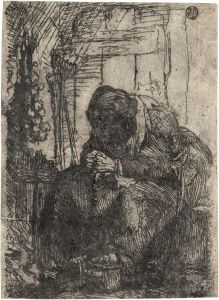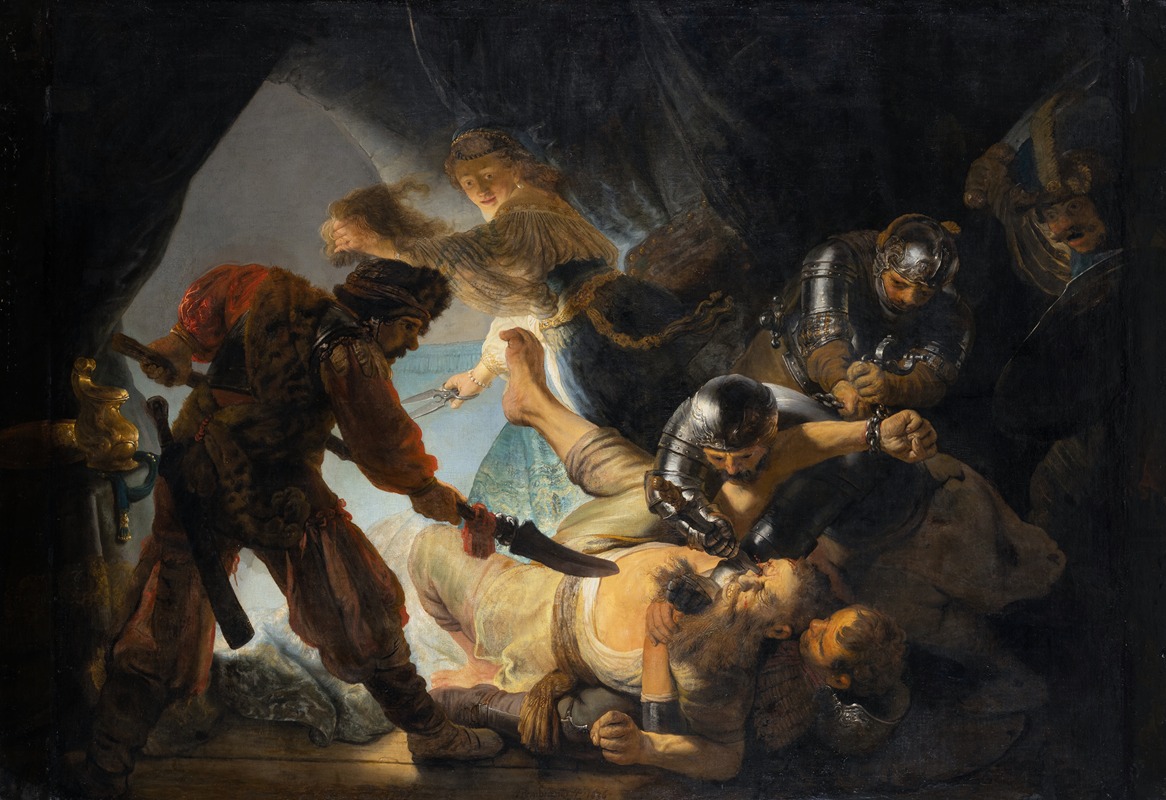
The Blinding of Samson
A hand-painted replica of Rembrandt van Rijn’s masterpiece The Blinding of Samson, meticulously crafted by professional artists to capture the true essence of the original. Each piece is created with museum-quality canvas and rare mineral pigments, carefully painted by experienced artists with delicate brushstrokes and rich, layered colors to perfectly recreate the texture of the original artwork. Unlike machine-printed reproductions, this hand-painted version brings the painting to life, infused with the artist’s emotions and skill in every stroke. Whether for personal collection or home decoration, it instantly elevates the artistic atmosphere of any space.
"The Blinding of Samson" is a renowned painting by the Dutch artist Rembrandt van Rijn, completed in 1636. This dramatic work is a vivid example of Rembrandt's mastery in the use of light and shadow, as well as his ability to convey intense emotion and narrative through his art. The painting is housed in the Städel Museum in Frankfurt, Germany.
The artwork depicts a scene from the biblical story of Samson and Delilah, found in the Book of Judges in the Old Testament. Samson, known for his extraordinary strength, was betrayed by his lover Delilah, who revealed the secret of his strength—his uncut hair—to the Philistines. In the painting, Rembrandt captures the moment when the Philistines, having cut Samson's hair, overpower him and gouge out his eyes, rendering him powerless.
Rembrandt's composition is both dynamic and chaotic, reflecting the violence and turmoil of the scene. The painting is characterized by its dramatic use of chiaroscuro, a technique that employs stark contrasts between light and dark to create a sense of volume and three-dimensionality. The intense light focuses on Samson, highlighting his muscular form and anguished expression, while the surrounding figures are cast in shadow, emphasizing the brutality of the act.
The central figure of Samson is depicted in a contorted pose, his body twisted in pain and resistance. His expression is one of agony and despair, capturing the viewer's attention and evoking a sense of empathy for his plight. The Philistines are shown in various poses of aggression and determination, their faces partially obscured by shadow, which adds to the menacing atmosphere of the scene.
Delilah is positioned to the left of the composition, identifiable by her elaborate attire and the scissors in her hand, a symbol of her betrayal. Her expression is ambiguous, leaving her emotional state open to interpretation. This ambiguity adds a layer of complexity to the narrative, inviting viewers to ponder her motivations and the consequences of her actions.
Rembrandt's attention to detail is evident in the rich textures and intricate patterns of the clothing and armor, as well as the realistic depiction of the human form. The painting's composition is carefully balanced, with the figures arranged in a way that guides the viewer's eye across the scene, from the central figure of Samson to the surrounding characters and back again.
"The Blinding of Samson" is considered one of Rembrandt's masterpieces, showcasing his ability to combine technical skill with emotional depth. The painting not only illustrates a pivotal moment from a well-known biblical story but also explores themes of betrayal, vulnerability, and the loss of power. Through his use of light, shadow, and composition, Rembrandt creates a powerful visual narrative that continues to captivate audiences and inspire art enthusiasts around the world.





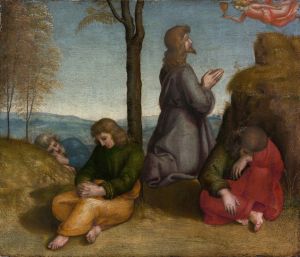
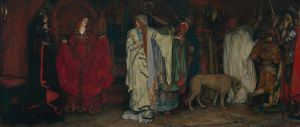

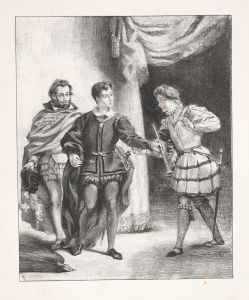


![Renounce the Friend Who Covers You with His Beak [Flying Folly]](/imgs/264650/s/francisco-de-goya-renounce-the-friend-who-covers-you-with-his-beak-flying-folly-e613558e.jpg)
